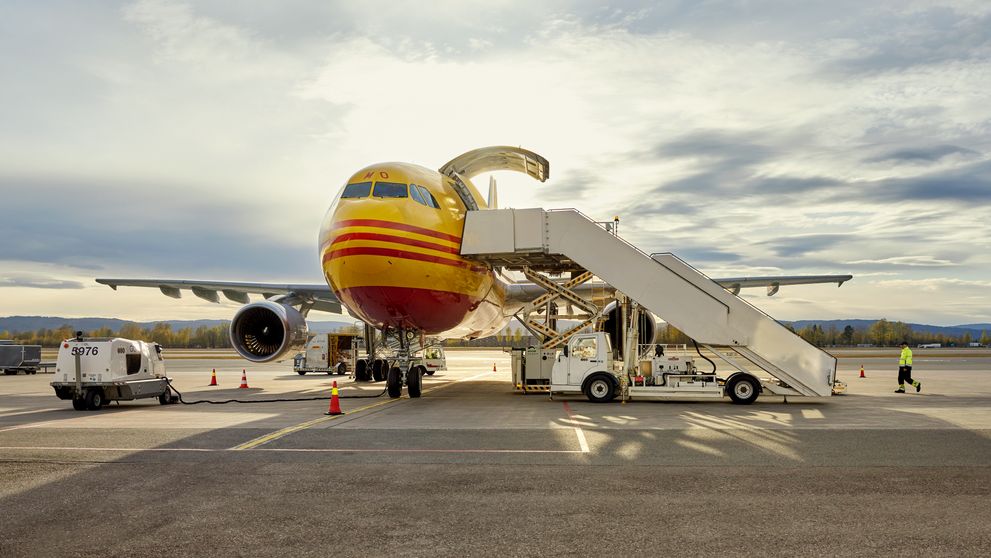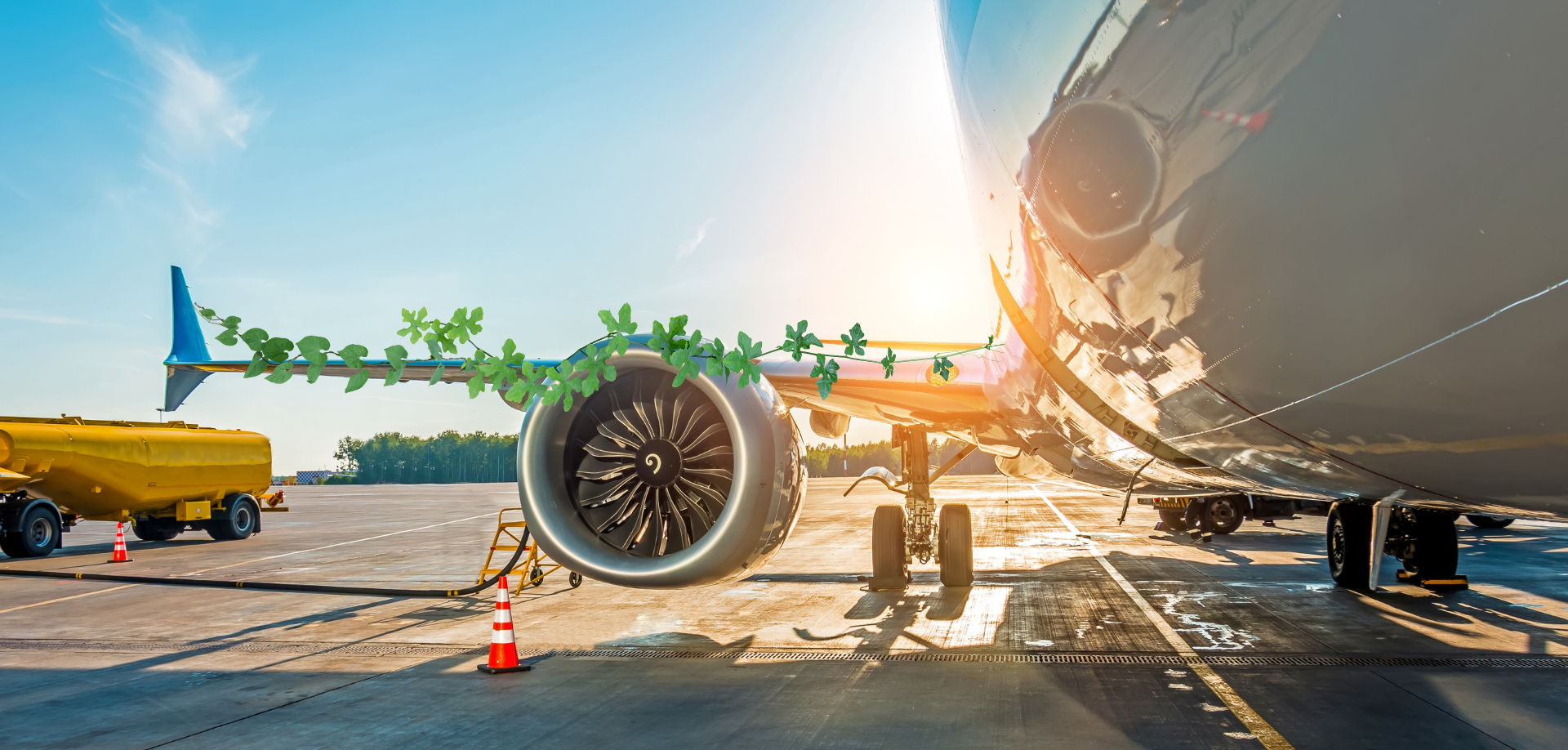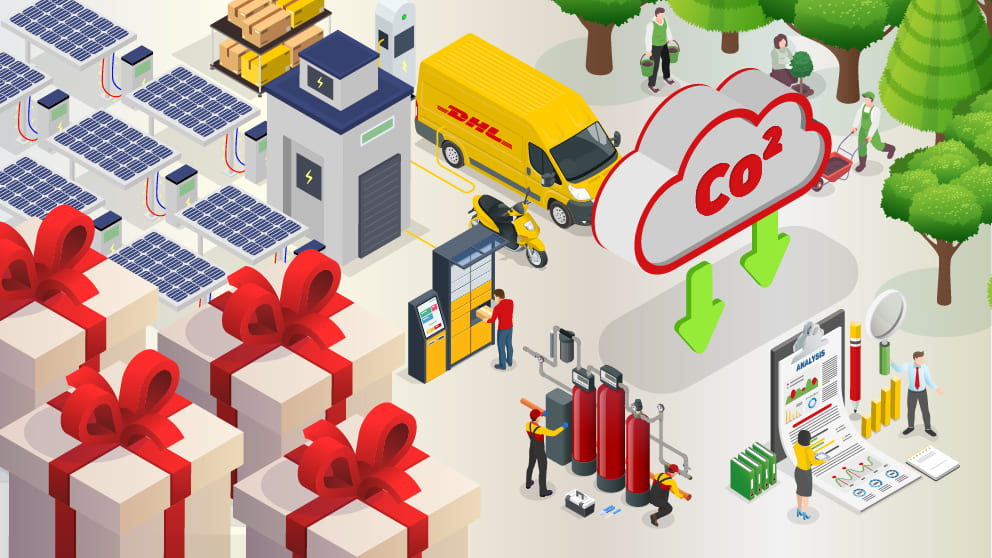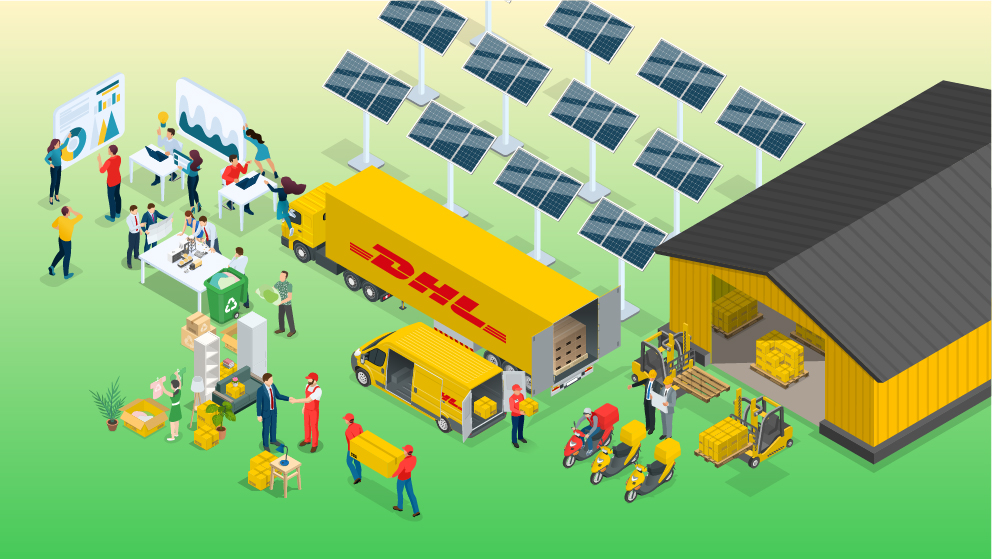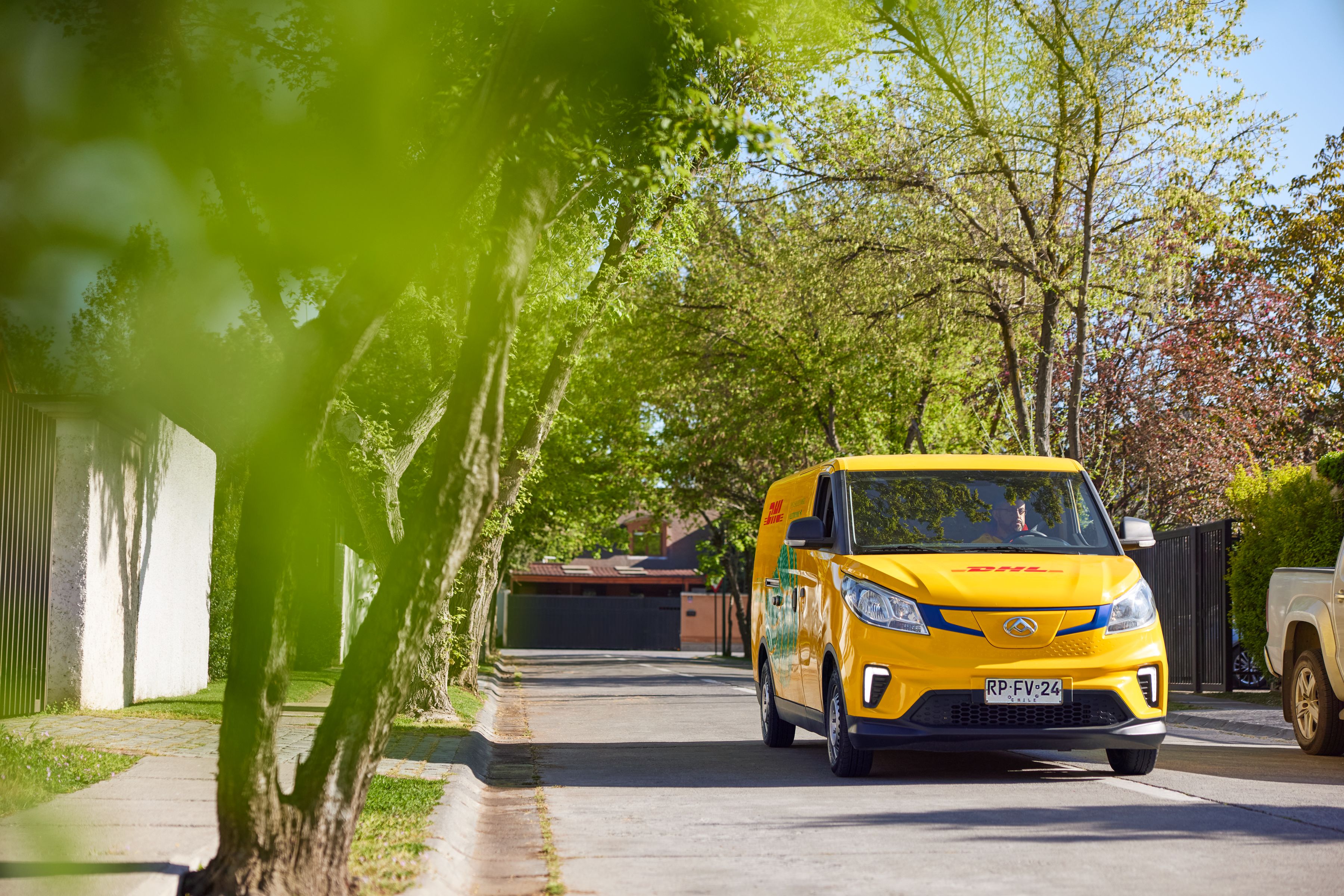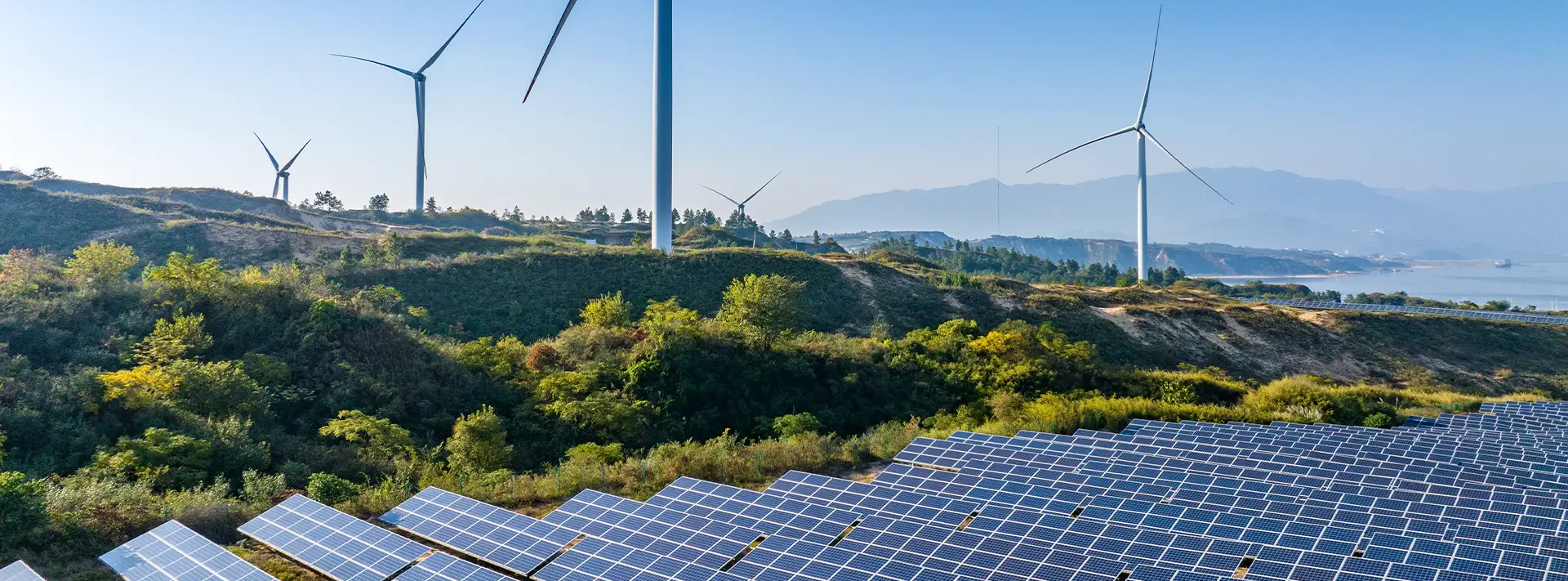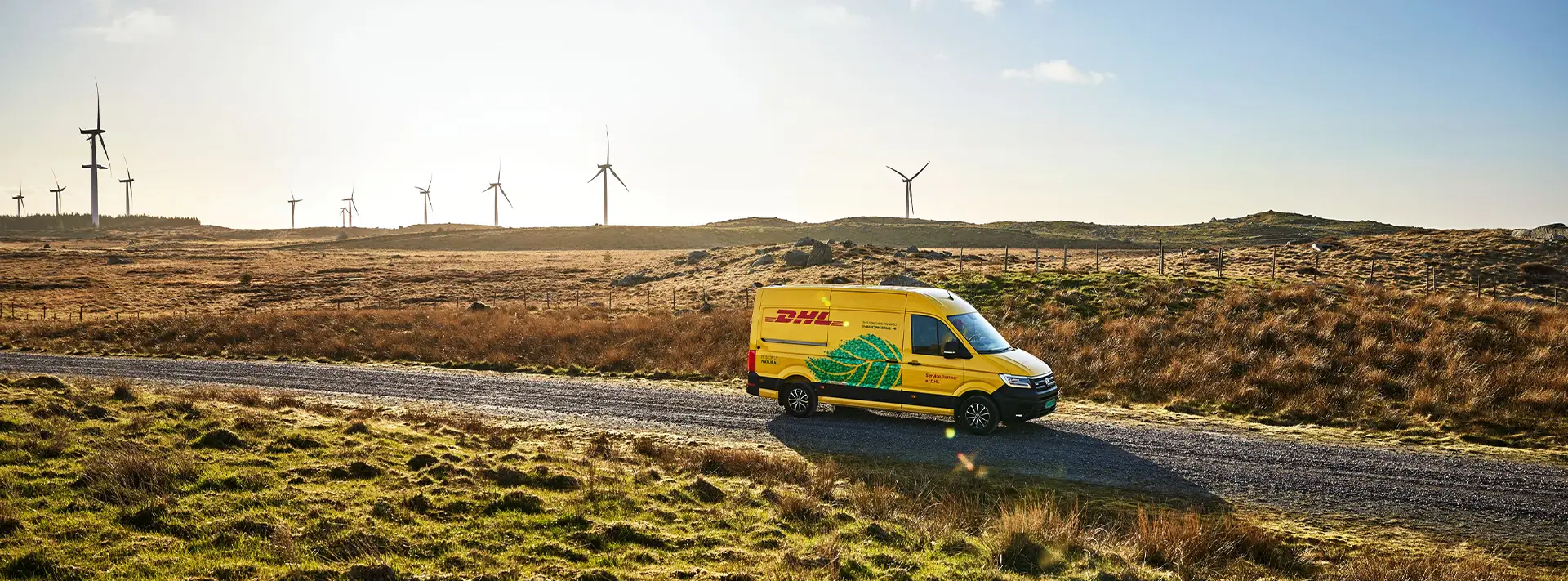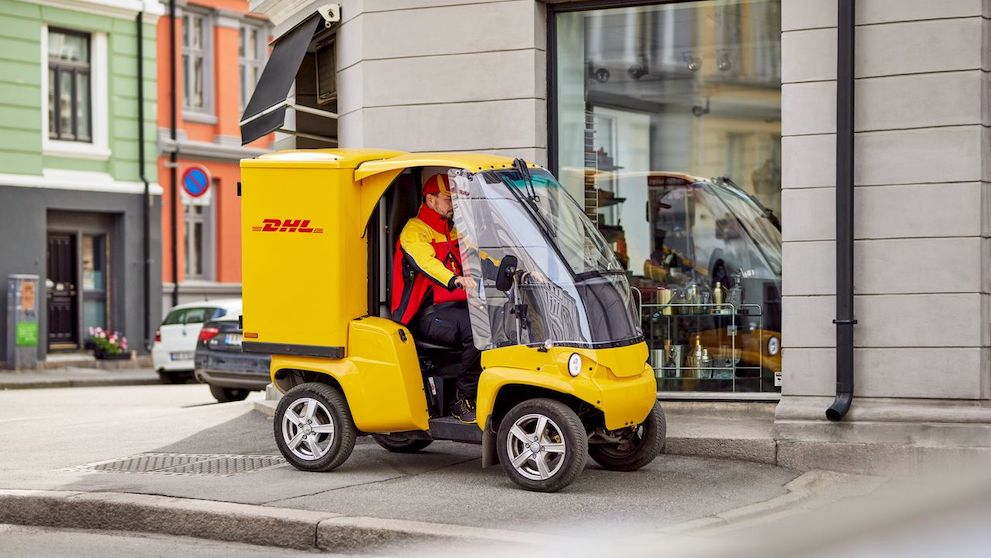3. Artificial intelligence and big data analytics are the key technologies that will drive the future of last-mile logistics.
Since the logistics industry relies heavily on predictability and efficiency, Artificial intelligence (AI) and big data analytics will play an integral role in informing logistics optimisation. With machine learning algorithms, AI systems can uncover hidden trends and analyse data and patterns to derive insights. For example, predictive analytics allows logistics companies to derive the fastest routes based on real-time conditions like traffic and weather, minimising costs of delays and increasing efficiency.
4. Autonomous and electric vehicles will be integral in the future of logistics.
The adoption of autonomous and electric vehicles will also impact supply chains and last-mile logistics.
Autonomous vehicles are self-driving vehicles that can help reduce manpower costs and delays. Delays frequently occur due to a bottleneck in the delivery process which existing teams may not be able to handle. Some of the most significant advantages of using autonomous vehicles are that they are not prone to human error and can work longer hours with fewer breaks than human drivers. As such, they can help to resolve bottlenecks in the various supply chain processes, including sorting, tracking, packaging and transportation. With less manpower needed, businesses can also look forward to lowering labour costs. On top of that, autonomous vehicles have route optimisation capabilities that can significantly shorten delivery times and increase fuel efficiency.
With the adoption of new electric drive technologies, electric or hybrid vehicles are increasingly used for both short and long-distance hauls. Apart from cutting back on carbon emissions, electric vehicles also require less maintenance than conventional vehicles, hence reducing the costs of upkeep and improving efficiency.




